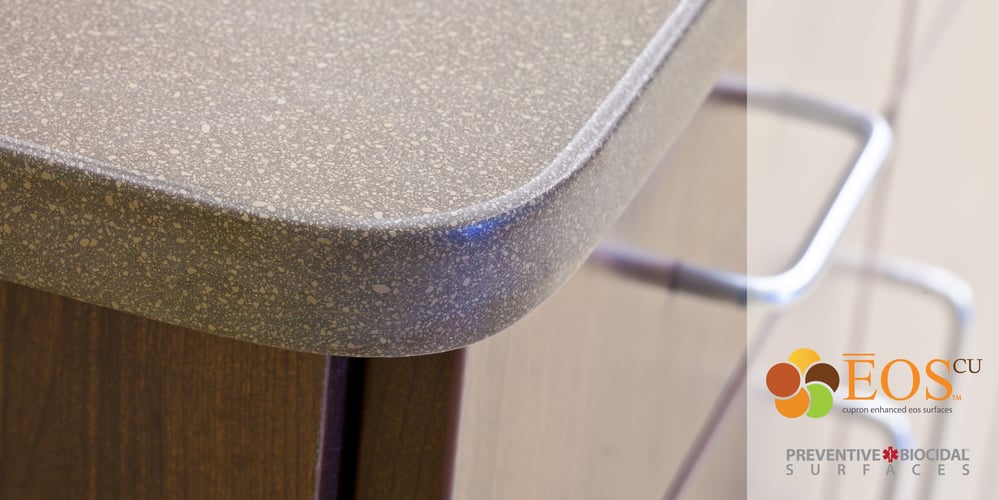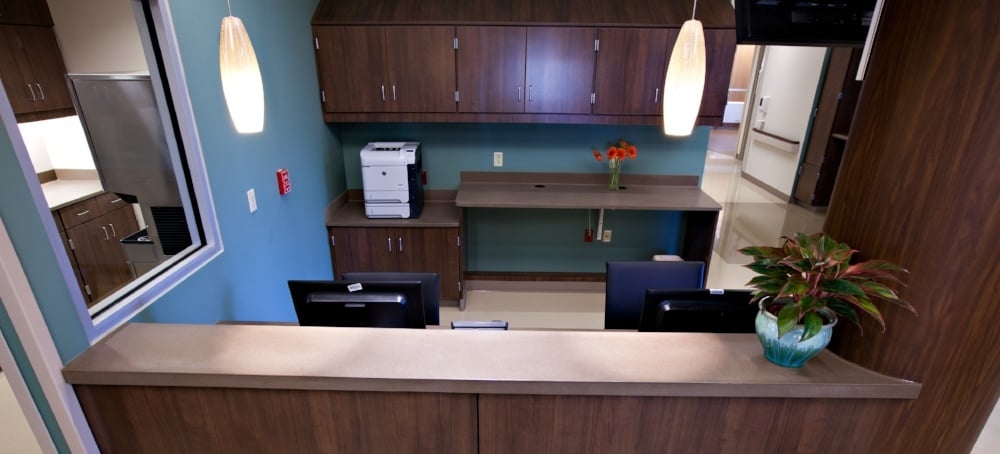Sentara Leigh Hospital recently participated in a 10-month clinical trial on the relationship between copper-infused products and hospital-acquired infections like C-difficile, Methicillin-resistant Staphylococcus aureus and Vancomycin-resistant Enterococcus. After incorporating hard surfaces and linens infused with copper oxide compounds into patient rooms, the Norfolk, Va.-based hospital reported a 78 percent overall reduction in multi-drug resistant organisms.
Here are five things to know.
- For the study, Sentara deployed the copper-infused surfaces and linens in 124 patient rooms.
- Richmond, Va.-based Cupron provided copper-infused linens, including bed sheets, pillow cases, patient gowns and towels for the patient rooms. Norfolk, Va.-based EOS Surfaces developed copper-infused countertops, bathroom sinks, bedside tables and bedrails featured in the rooms. Nursing and charging stations also contained the copper-infused surfaces.
- Researchers monitored the amount of patients staying in these special rooms that were diagnosed with hospital acquired infections and compared those rates to a control wing of patients staying in rooms with no copper-infused surfaces or linens.
- The copper-infused wing reported 78 percent fewer HAIs due to multi-drug resistant organisms or C. diff, 83 percent fewer cases of C. diff infection and 68 percent fewer infections due to multi-drug resistant organisms relative to the baseline period. Researchers observed no changes in rates of hospital acquired infections in the unchanged hospital wing.
- The researchers concluded, "These results suggest antimicrobial surfaces and linens may have substantial impact in reducing HAIs due to problematic multi-drug resistant organisms in a hospital that has already employed aggressive infection control measures and has low rates of HAIs."
![EOScu Logo - Dark - Outlined [07182023]-01](https://blog.eoscu.com/hubfs/Eoscu_June2024/Images/EOScu%20Logo%20-%20Dark%20-%20Outlined%20%5B07182023%5D-01.svg)





